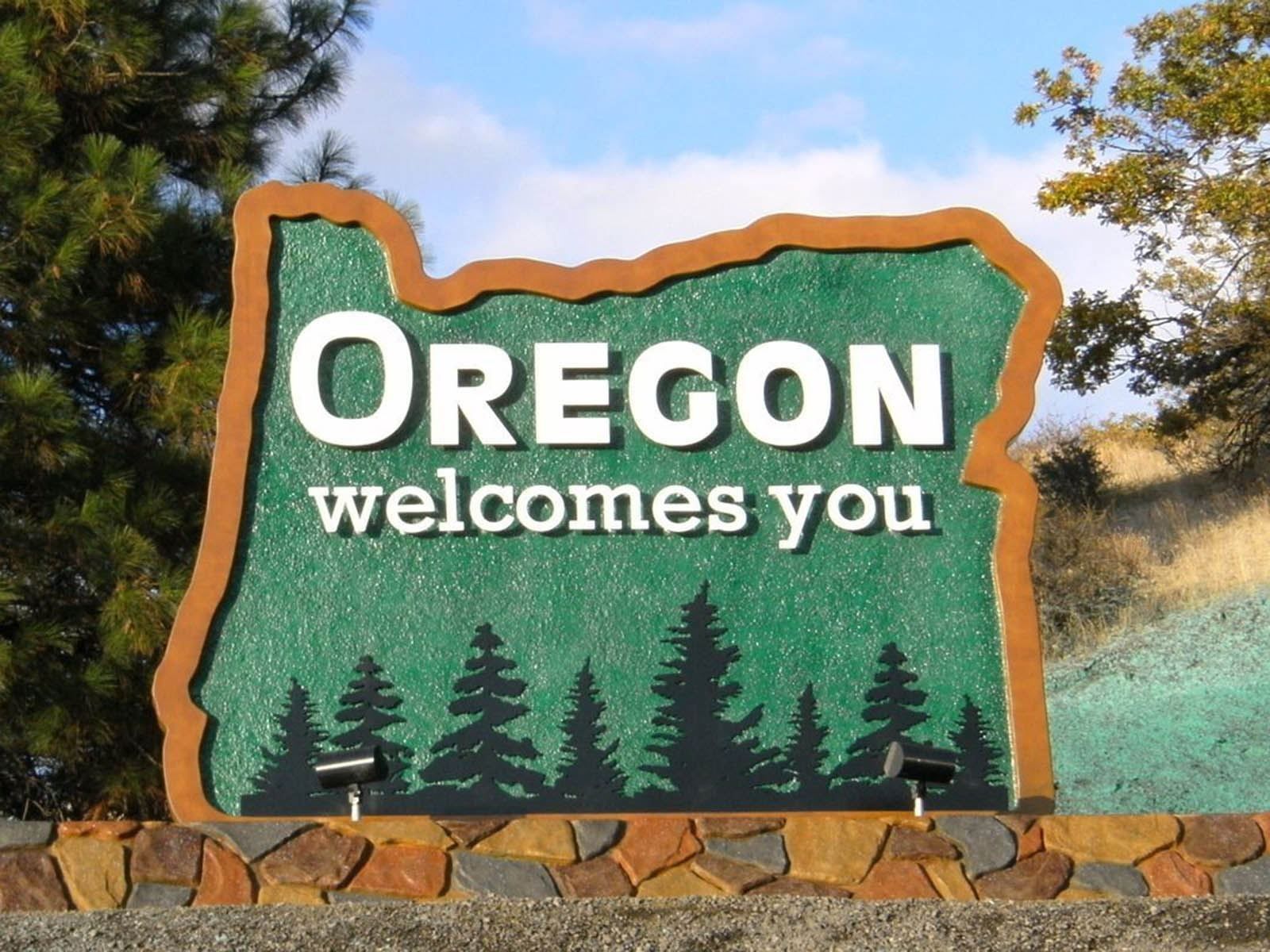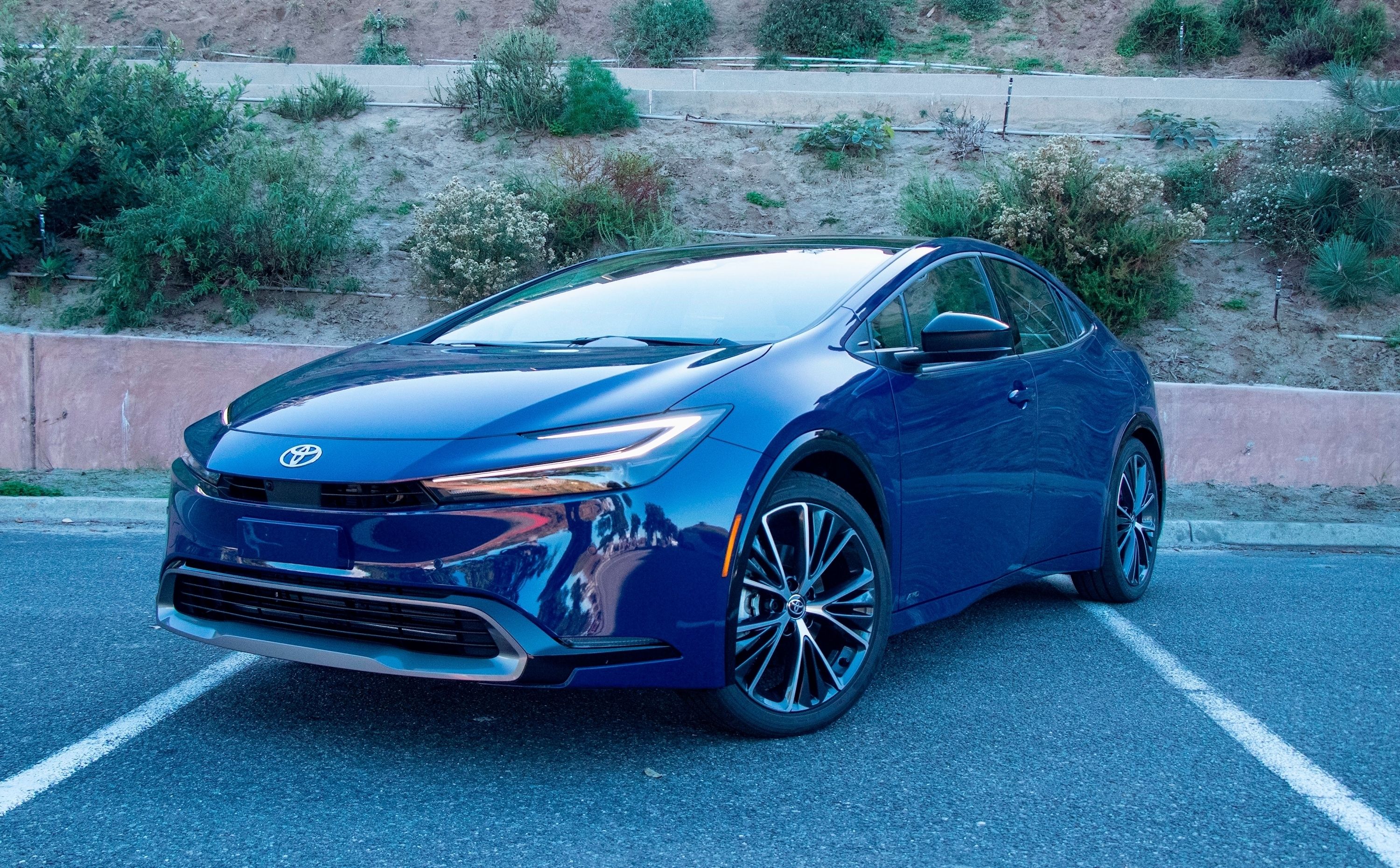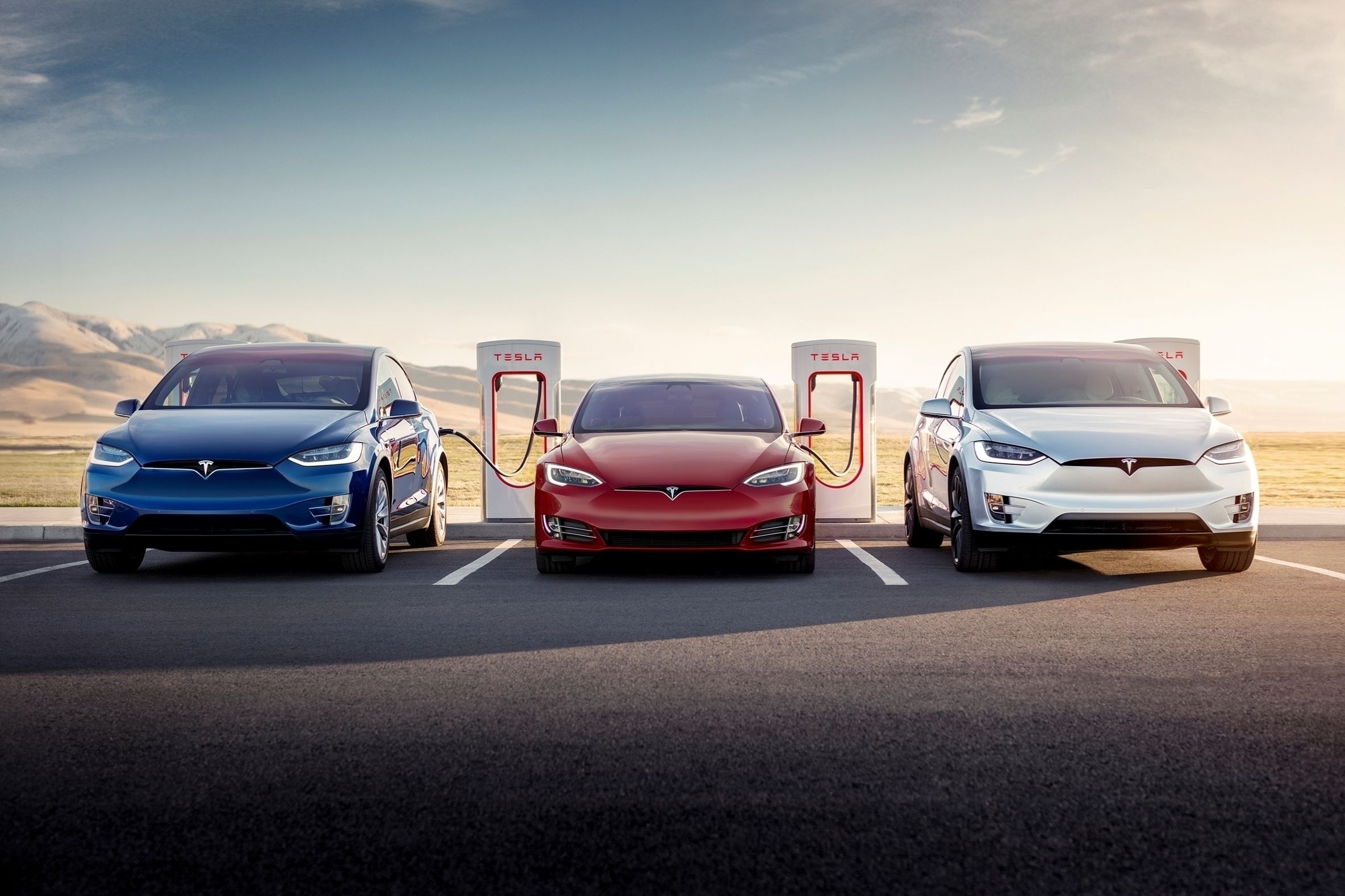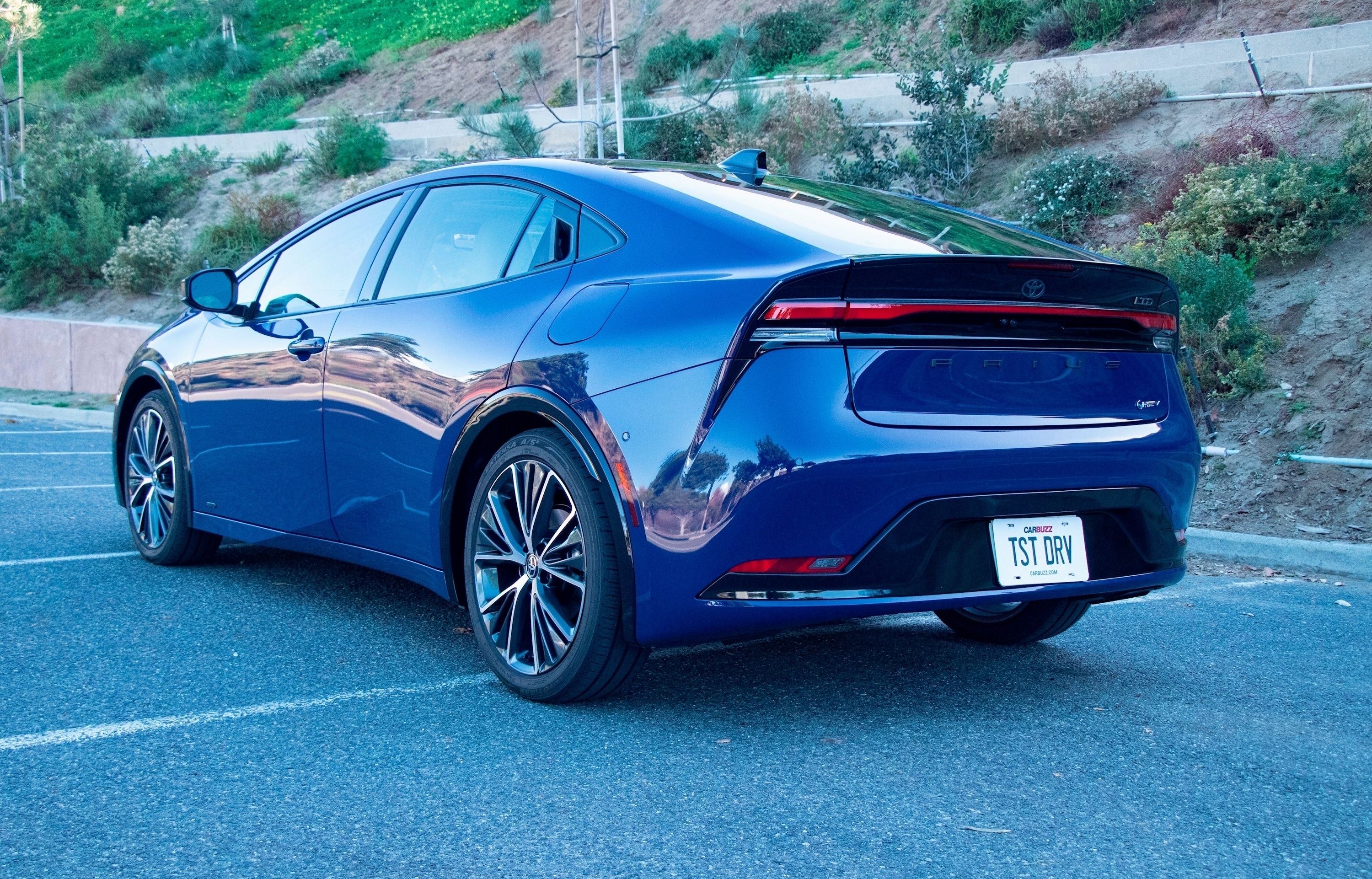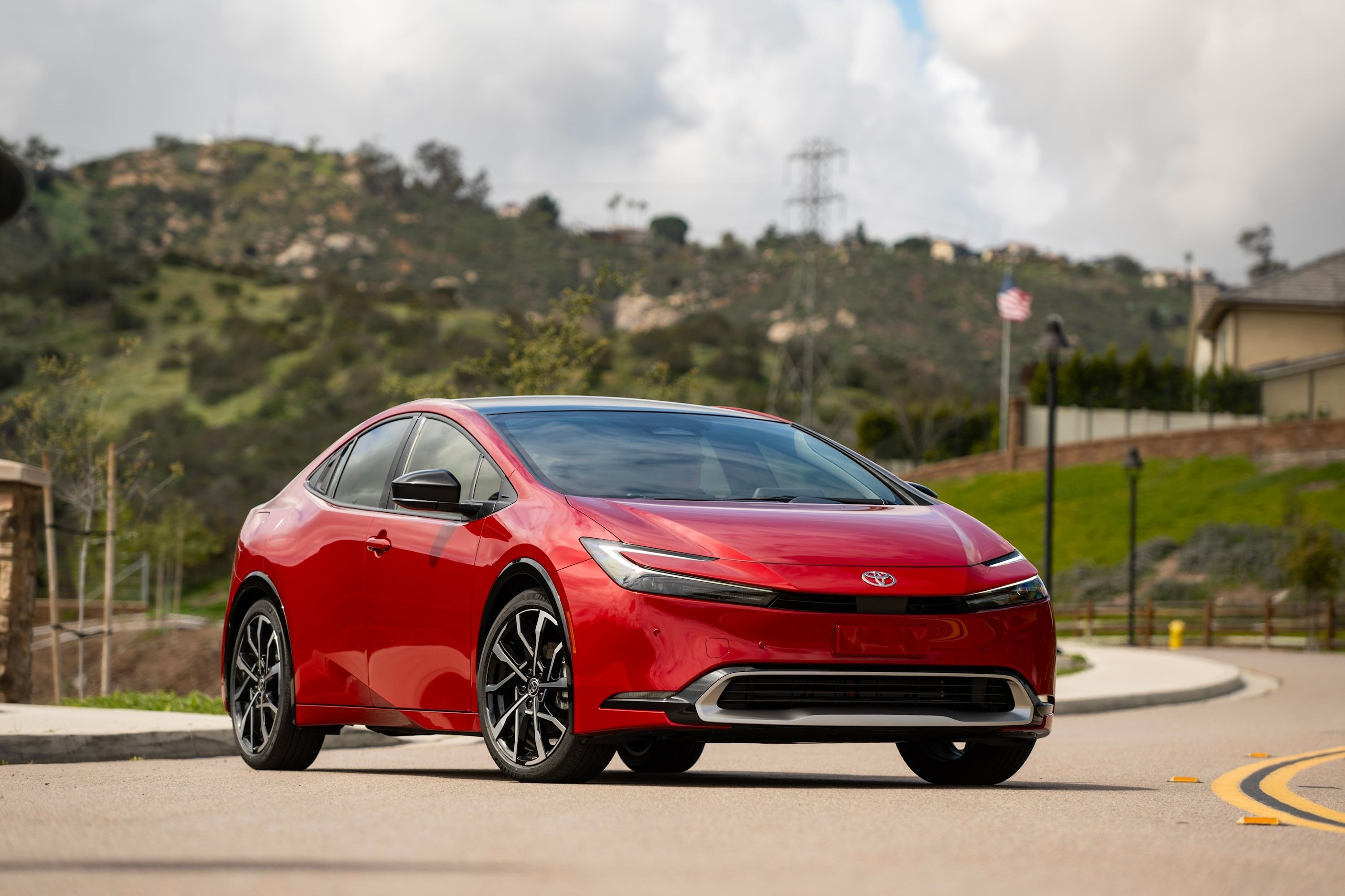
The Oregon Environmental Quality Commission has adopted the Advanced Clean Car II (ACC II) set of rules, requiring all new passenger cars, trucks and SUVs sold in the state to be zero emissions by 2035. The commission is the policy and rulemaking board for the Oregon Department of Environmental Quality (DEQ) and adopted the rules on December 19 in a 3-1 vote. Of the approximately 700 comments on the subject, 500 were in favor of the move, according to Rachel Sakata, the senior air quality planner at the DEQ.
The new rules go into effect immediately, following on from previous rules that were scheduled to end in 2025. This means automakers will have two years to plan for the first compliance step that will apply to model year 2026 passenger vehicles.
What does this mean for the average consumer? The sale of new combustion vehicles within the state will become illegal, but used cars are not prohibited. The wording of the decision suggests that one could get around the ruling by purchasing a combustion car outside the state and registering it back home. The sale of new plug-in hybrid vehicles (PHEVs) like the Toyota Prius Prime will also be permitted, but the commission has not indicated how much electric-only range it expects these PHEVs to provide. There's also no mention of heavy-duty vehicles like Ram HD pickups, but according to Oregon Live, the first phase of these rules will demand that 35% of new vehicle sales are zero-emissions.
Sakata expects roughly half of all passenger vehicles in Oregon to still be combustion-powered come 2035, so the new rules have also included more stringent emissions standards for these remaining vehicles.
"Oregon continues to see the consequences of greenhouse gas emissions across the state - with extreme heat, more severe wildfires, winter storms, and flooding and prolonged drought - and I am committed to addressing the climate crisis with urgency," said Oregon Governor Kate Brown. "Reducing emissions from the transportation sector is a significant part of Oregon's comprehensive plan to reduce greenhouse gas emissions, and the ACC II Rule is a major step towards meeting our goals while also advancing equitable access to electric vehicles for all Oregonians by supporting the development of a robust used zero-emission vehicle market."
The Oregon Department of Transport has earmarked $100 million to build more EV chargers "along major transportation corridors and in rural and underserved areas of the state over the next five years."
Following the passing of the ACC II in California in August, New York announced its intention to follow suit. With another state now joining the party, the tax credits offered by the Inflation Reduction Act will be welcome. Some have posited that efforts like these are politically and financially motivated, but they are vitally important for the health of a state's citizens too.
"With [the] adoption of the ACC II Rule, all those living in Oregon will benefit from the cleaner air and improved public health outcomes achieved by reducing pollution from transportation. This is especially true for low-income and underrepresented communities across the state who live closest to roadways and have been most impacted by poor air quality," said Leah Feldon, DEQ's interim director.
While it's a noble notion, we sincerely hope that other pollutants beyond cars and trucks are similarly regulated or air quality worldwide will not improve much.

